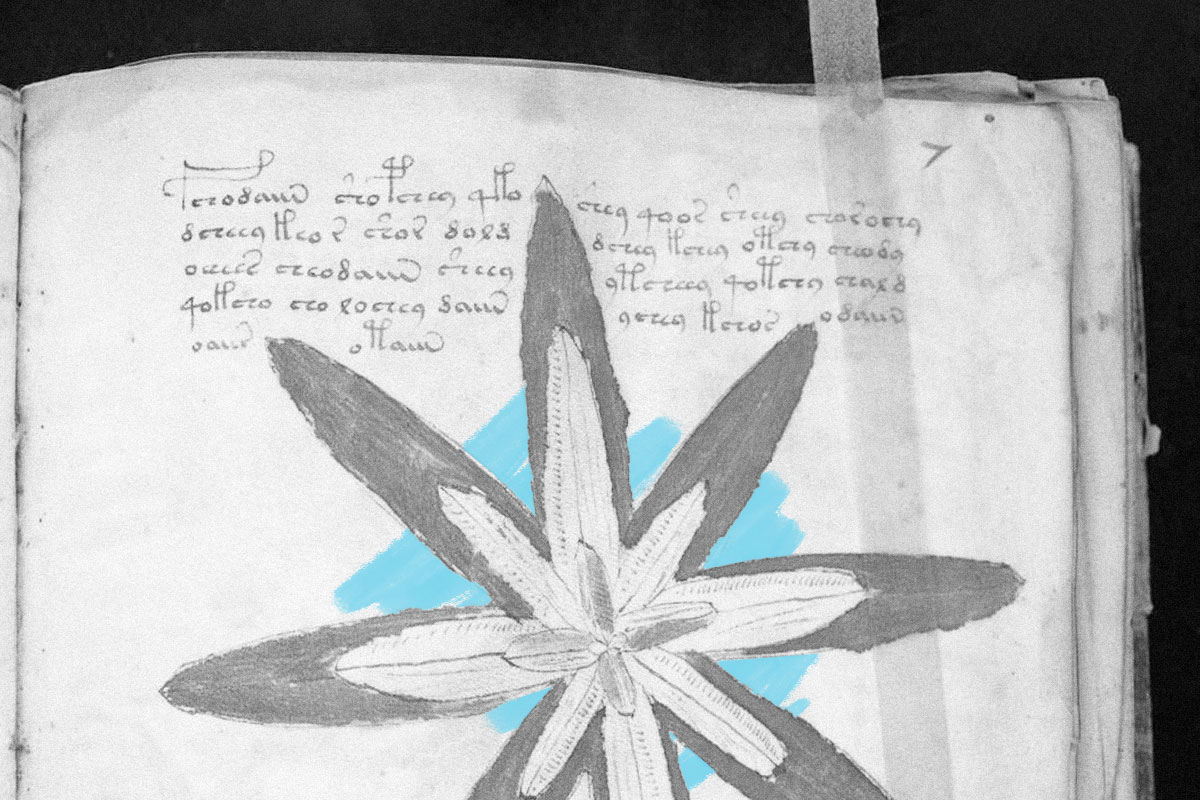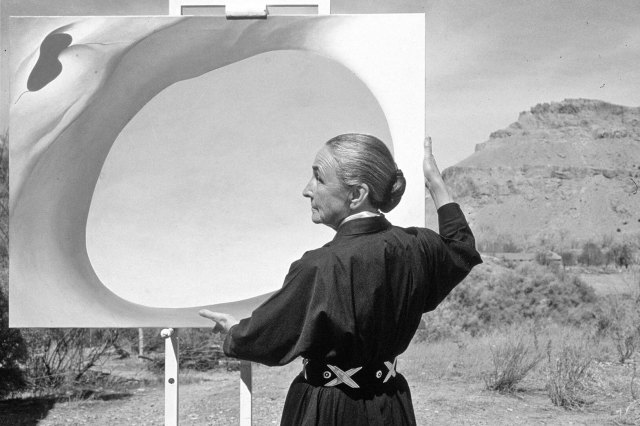The Voynich manuscript is a 15th-century codex that has never been deciphered.
Next time you’re having trouble on Duolingo, just be grateful you’re learning a language that people can actually understand. Those who’ve attempted to study the Voynich manuscript — a 15th-century codex that has yet to be deciphered — aren’t so lucky. Often referred to as the world’s most mysterious book, it’s been puzzling scholars for centuries. No one knows who wrote it, exactly when or where it was written, or even what language it’s in. The enigmatic tome only has an agreed-upon name thanks to Wilfrid Voynich, the Polish American bookseller who acquired it more than a century ago.
In addition to a mix of Latin letters, unknown characters, and Arabic numbers, the manuscript features fanciful drawings on nearly every page. Many of them are botanical in nature, as though the author were composing a field guide to fictional plants, while others are astrological. There are even illustrations of dragons. Some believe it to be a work of cryptography, others consider it a hoax, and still others think it’s a work of fiction. As recently as 2020, an Egyptologist claimed he had cracked the code by concluding that the manuscript is written in a Semitic language based on Hebrew. A true consensus has yet to emerge, however, and probably won’t anytime soon. The Voynich manuscript has been part of Yale University’s Beinecke Rare Book and Manuscript Library since 1969 and is now available to view in its entirety by anyone hoping to solve its mysteries.















